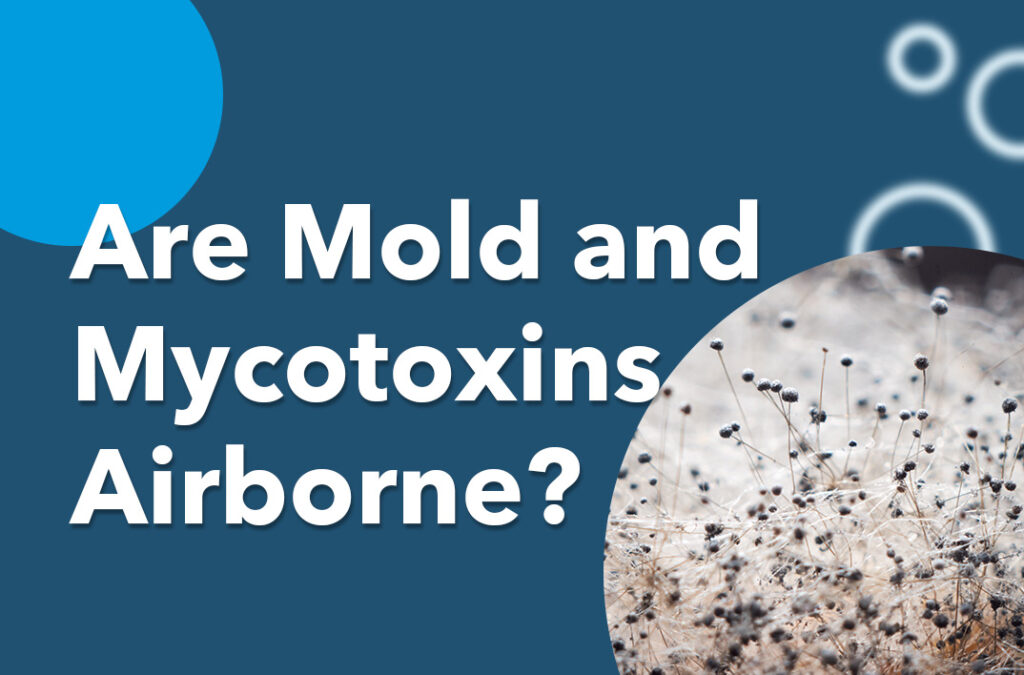Exactly How Mycotoxin Screening Assists Avoid Contamination and Protect Food Materials

Mycotoxin screening is a vital technique in the food industry, working as a frontline defense versus contamination by damaging contaminants produced by mold and mildews. Via the application of innovative techniques like High-Performance Liquid Chromatography (HPLC) and Fluid Chromatography-Mass Spectrometry (LC-MS), food producers can accurately spot and evaluate mycotoxin degrees in agricultural items. This proactive approach not only makes sure compliance with rigid security guidelines but additionally reduces health and wellness risks to customers. Furthermore, regular screening fortifies brand online reputation and monetary health and wellness by decreasing contamination-related occurrences. So, how specifically do these screening methods integrate into the broader food safety strategy?
Understanding Mycotoxins
Comprehending mycotoxins begins with acknowledging that they are hazardous additional metabolites generated by specific molds, which can contaminate agricultural items. These metabolites are not important for the growth or recreation of the fungis yet can have serious effects for animal and human wellness. Mycotoxins are commonly found in staple crops such as corn, wheat, barley, and nuts, where they can multiply under specific problems of wetness and temperature level.
There are numerous sorts of mycotoxins, each created by different fungal types. Aflatoxins, produced by Aspergillus varieties, are among the most well-known, recognized for their carcinogenic residential or commercial properties. An additional substantial group includes ochratoxins, created by Aspergillus and Penicillium species, which have nephrotoxic impacts. Fusarium varieties generate fumonisins and trichothecenes, both of which are associated with different acute and chronic health issues.

Dangers of Mycotoxin Contamination
The dangers of mycotoxin contamination are complex, posing significant dangers to both food security and public wellness. Mycotoxins, poisonous substances created by particular types of fungis, can infect a vast range of agricultural items including cereals, nuts, seasonings, dried fruits, and coffee. Once these toxins infiltrate the food supply, they can lead to significant health and wellness problems such as liver damage, kidney failing, and also cancer. At risk populations, consisting of youngsters, the elderly, and immunocompromised individuals, are specifically in danger.
Financial effects are one more significant issue. Infected crops can lead to significant financial losses for farmers and food producers because of reduced yields and the need for expensive decontamination steps. Moreover, global trade can be substantially impeded as nations apply strict mycotoxin laws to protect their populaces, bring about turned down deliveries and stretched trade relations.
Ecological variables such as climate adjustment exacerbate the danger of mycotoxin contamination. Variants in temperature and humidity can develop desirable conditions for fungal development, enhancing the likelihood of contamination occasions. Thus, understanding and minimizing these risks are important for making certain the security and integrity of global food materials.
Methods of Mycotoxin Checking
Precisely determining mycotoxin contamination in farming products is vital for protecting public health and Discover More Here wellness and maintaining food security requirements. Different approaches are utilized to detect and measure mycotoxins, each offering certain benefits and restrictions.
High-Performance Liquid Chromatography (HPLC) is a commonly used approach due to its high sensitivity and accuracy. It includes dividing mycotoxins from various other substances in a sample, enabling exact metrology. Fluid Chromatography-Mass Spectrometry (LC-MS) integrates liquid chromatography with mass spectrometry to offer thorough molecular info, making it especially helpful for recognizing numerous mycotoxins concurrently.

Gas Chromatography-Mass Spectrometry (GC-MS) and Thin-Layer Chromatography (TLC) are also used, each with special applications. GC-MS works for volatile mycotoxins, while TLC supplies an easier, cost-effective option for initial testing.
Benefits of Regular Evaluating
Regular screening for mycotoxins in farming products offers numerous advantages, dramatically adding to public health and wellness and food safety. By identifying contamination early, normal testing helps protect against the circulation of harmful foods, thereby lowering the threat of mycotoxin-related diseases among customers. This positive approach not just safeguards human health and wellness but additionally improves the total high quality of food products.
Constant screening likewise supports regulative compliance. Various countries and areas have developed strict restrictions for mycotoxin levels in food and feed. Abiding by these limitations through routine testing makes sure that providers and manufacturers meet lawful standards, consequently avoiding charges and profession barriers. Preserving conformity fosters customer trust and brand track record, which are crucial for market success.
Furthermore, normal mycotoxin screening can lead to significant financial benefits. Early discovery of contamination enables prompt treatment, minimizing prospective losses from extensive contamination. Applying normal screening methods can also minimize recall costs and related liabilities, which can be financially devastating.
Additionally, routine testing offers important data that can inform better agricultural techniques and storage space problems. By recognizing patterns of contamination, manufacturers can embrace safety nets, thus adding and minimizing future dangers to the sustainability of the food supply chain.
Executing Evaluating Protocols
Implementing reliable mycotoxin screening procedures is essential for guaranteeing imp source the safety and top quality of farming products. Establishing a robust screening framework involves numerous crucial steps, beginning with the recognition of potential contamination factors within the manufacturing and supply chain. This includes pre-harvest, post-harvest, storage space, and distribution phases. Each stage should be looked at to identify where mycotoxin contamination is most likely to take place.
As soon as crucial control factors are determined, picking suitable screening techniques is essential. Typical techniques include enzyme-linked immunosorbent assay (ELISA), high-performance liquid chromatography (HPLC), and mass spectrometry (MS) Each technique has its weak points and strengths; hence, choosing the right one depends on the details mycotoxin being evaluated, the called for sensitivity, and offered sources.

Finally, integrating the screening procedures right into a detailed food safety monitoring system is suggested. This boosts traceability and allows swift rehabilitative actions when contamination is detected, therefore securing the integrity of the food supply chain.
Verdict
Mycotoxin testing is essential in avoiding contamination and securing food products by making it possible for early detection of hazardous toxic substances created by mold and mildews in farming items. Routine screening improves brand name track record, economic security, and depend on in food safety and security by decreasing contamination-related losses and keeping high criteria in food manufacturing.
Mycotoxin screening is an indispensable practice in the food industry, offering as a frontline protection versus contamination by dangerous toxic substances created by molds. An integrated approach involving farming techniques, storage space administration, and regular testing can mitigate the threats his comment is here linked with mycotoxin contamination, making sure food security and public health.
The risks of mycotoxin contamination are multifaceted, posturing substantial dangers to both food security and public health.Regular screening for mycotoxins in agricultural products supplies countless advantages, substantially contributing to public health and food safety and security.Mycotoxin screening is vital in avoiding contamination and safeguarding food materials by allowing early discovery of damaging toxins generated by molds in farming products.